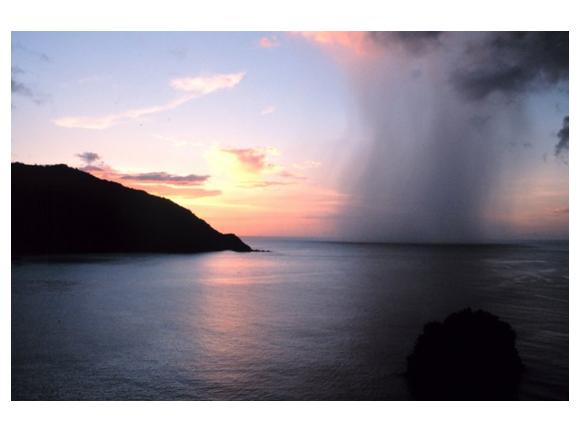
I’ve received several emails asking about the new Nature paper, Spread in Model Climate Sensitivity Traced to Atmospheric Convective Mixing, by Sherwood et al.
So far I’ve only read the abstract and looked at the figures…I’ll either need to find a copy of the paper or buy it to dig into the details.
It looks like a serious attempt to understand the spread in climate model sensitivities, which the authors appear to contend is due more to low cloud feedback (whether low clouds increase or decrease with warming) than any other single mechanism. They are trying to understand what physical processes in the models lead to the spread in cloud feedback across the models, and that understanding would be a good thing.
It appears they go a step further, though…claiming that the models with more realistic convective mixing in the tropical lower troposphere exhibit stronger positive cloud feedback. Their conclusion is that it’s actually the models producing the most warming that should be believed the most.
First, let’s examine the scenario wherein they are right. Since observed tropical warming has been arguably less than ALL models have forecast, there must be some natural cooling mechanism the models do not contain which will magically go away at some point.
When that happens, warming will return with a vengeance. So, when is that going to happen? Of course, no one knows. But the longer it takes, the more dramatic the warming will be, because it eventually has to “catch up” to the forecasts of the models which produce the most warming…those models which Sherwood et al. are now on record as claiming to be the best prognosticators of future doom.
Well, this certainly makes the debate more interesting. It feels like a poker game where you keep drawing crappy cards, but you keep raising your opponents.
I will be very interested to see the details in this paper. Cloud formation is a complex subject…there are many, many variables involved. For now, I at least applaud the authors for trying.

 Home/Blog
Home/Blog



